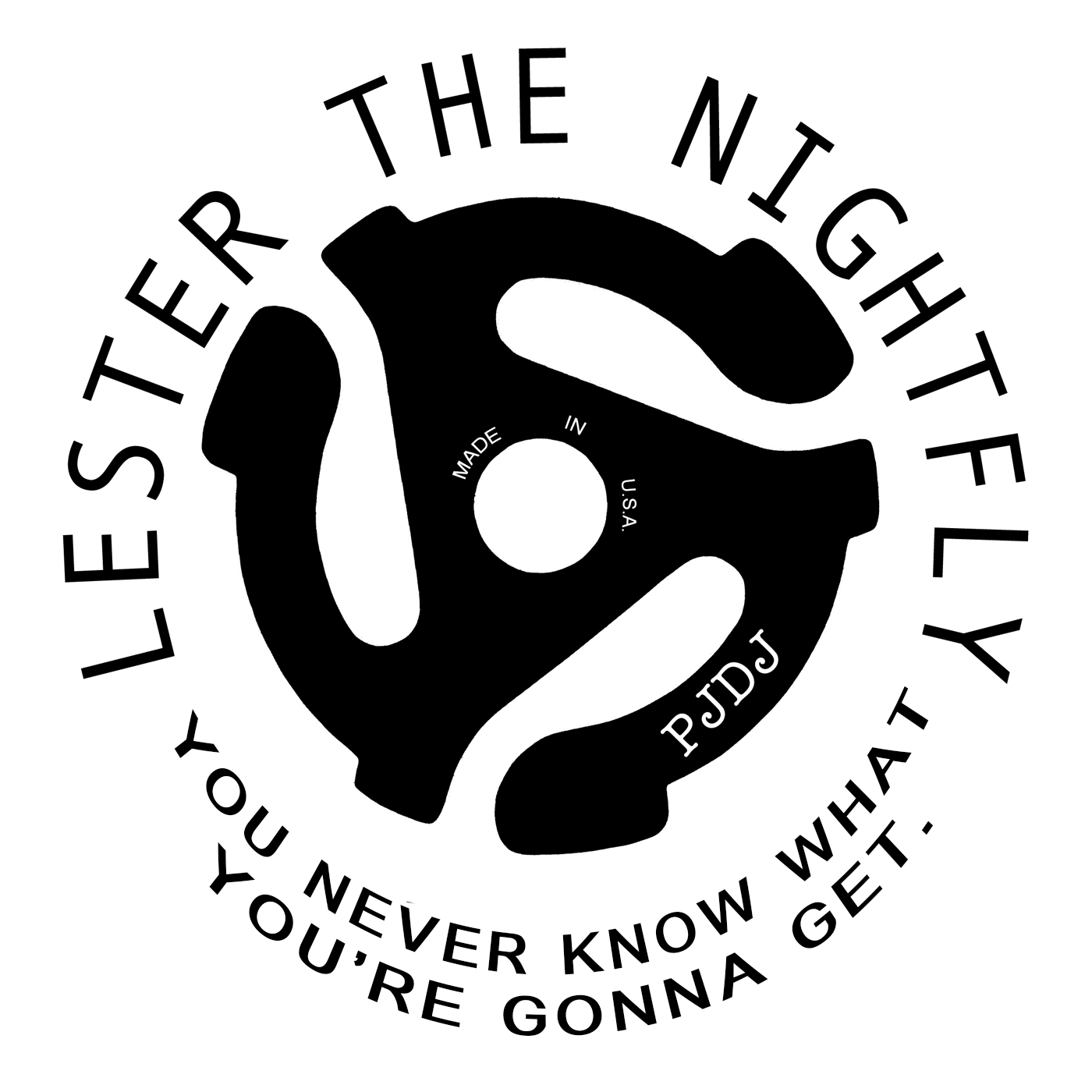I Remember Clifford Brown | Vocalese Part 2 (S3 | E134)
This is Episode Two of a three-part series on a jazz vocal genre called Vocalese. The shows centers on the album by The Manhattan Transfer from 1985 entitled Vocalese. It is one of the most nominated records of all time for Grammy Awards. And it has been a personal favorite album for a lifetime. Vocalese uses recognizable lyrics that are sung to pre-existing instrumental solos, as opposed to scat singing, which uses nonsense words such as “bap ba dee dot bwee dee” in solos. In the “first wave” of vocalese creation, that sometimes took the form of a tribute to the original instrumentalist. The word “vocalese” is a play on the musical term “vocalise”; the suffix “-ese” is meant to indicate a sort of language. The term was attributed by Jon Hendricks to the jazz critic Leonard Feather to describe the first Lambert, Hendricks, and Ross album, Sing a Song of Basie. OUR SUPPORTING CAST CLIFFORD BROWN Brown was born into a musical family in Wilmington, Delaware. His father organized his four sons, including Clifford, into a vocal quartet. Around age ten, Brown started playing trumpet at school after becoming fascinated with the shiny trumpet his father owned. At age thirteen, his father bought him a trumpet and provided him with private lessons. In high school, Brown received lessons from Robert Boysie Lowery and played in “a jazz group that Lowery organized”, making trips to Philadelphia. Brown briefly attended Delaware State University[7] as a math major before he switched to Maryland State College. His trips to Philadelphia grew in frequency after he graduated from high school and entered Delaware State University. He played in the fourteen-piece, jazz-oriented Maryland State Band. In June 1950, he was injured in a car crash after a performance. While in the hospital, he was visited by Dizzy Gillespie, who encouraged him to pursue a career in music. For a time, injuries restricted him to playing the piano. Brown was influenced and encouraged by Fats Navarro. His first recordings were with R&B bandleader Chris Powell. He worked with Art Blakey, Tadd Dameron, Lionel Hampton and J. J. Johnson, before forming a band with Max Roach. CLIFFORD BROWN (continued) One of the most notable developments during Brown’s period in New York was the formation of Art Blakey’s Quintet, which would become the Jazz Messengers. Blakey formed the band with Brown, Lou Donaldson, Horace Silver, and Curley Russell, and recorded the quintet’s first album live at the Birdland jazz club. During one of the rehearsal sessions, fellow trumpeter Miles Davis listened and joked about Clifford Brown’s technical ability to play the trumpet. The live recording session ultimately spanned two days with multiple takes needed on only a couple of the tunes. A week at Club Harlem in May 1952 featured alto saxophonist Charlie Parker and Brown. Brown later noted that Parker was impressed by his playing, saying privately to the young trumpeter “I don’t believe it.” Just before the formation of the Clifford Brown/Max Roach Quintet, journalist Nat Hentoff and Brown interviewed for a DownBeat article titled “Clifford Brown – the New Dizzy”. VOCALESE (THE ALBUM) Vocalese is the ninth studio album by the Jazz band The Manhattan Transfer, released in 1985 on Atlantic Records. Recording sessions took place in 1985. Production came from Tim Hauser and Martin Fischer. This album is considered to be The Manhattan Transfer’s most critically acclaimed album. It received 1

